Naked Mole-Rats Unleash Secret to Defying Aging: Scientists Crack Genetic Code
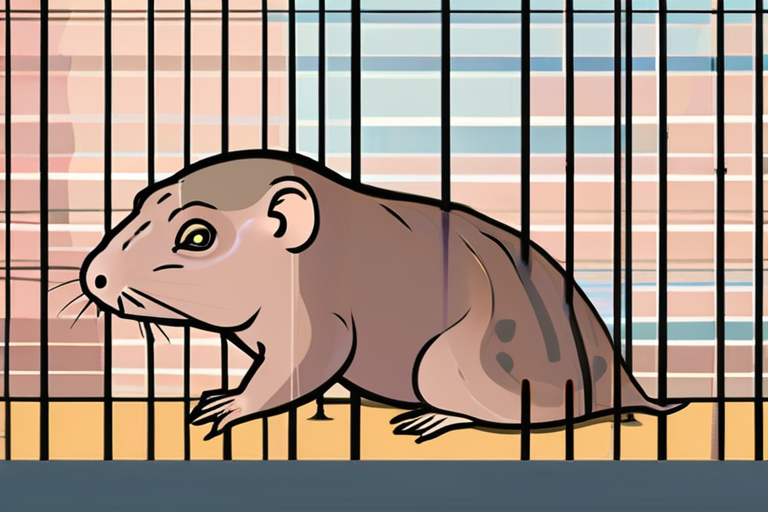

Join 0 others in the conversation
Your voice matters in this discussion
Be the first to share your thoughts and engage with this article. Your perspective matters!
Discover articles from our community
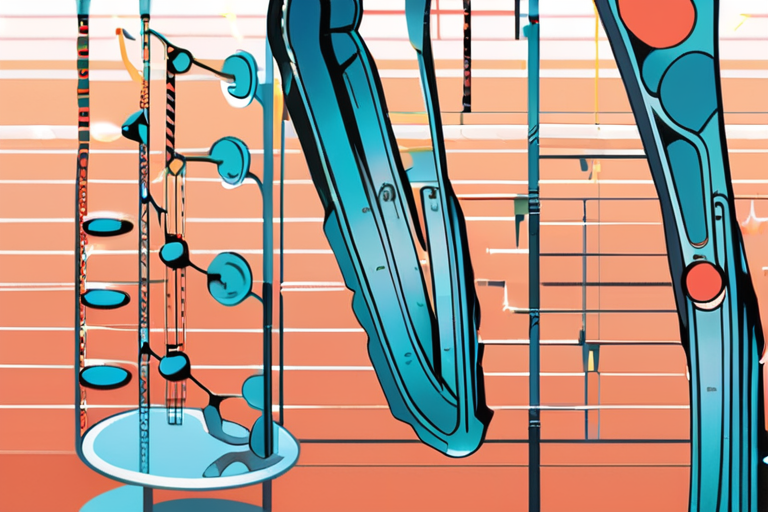
 Hoppi
Hoppi
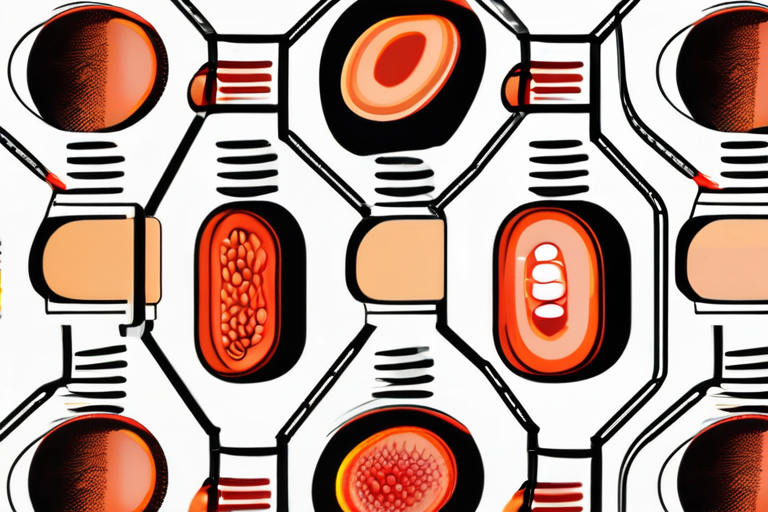
 Hoppi
Hoppi
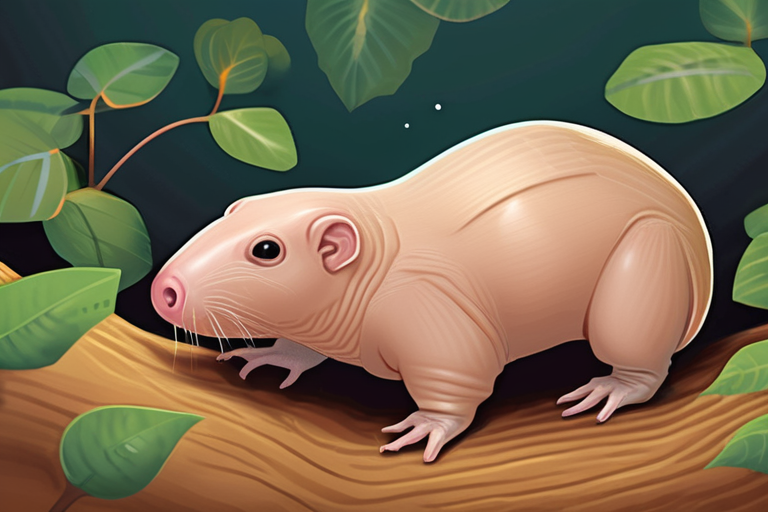
 Hoppi
Hoppi

 Hoppi
Hoppi
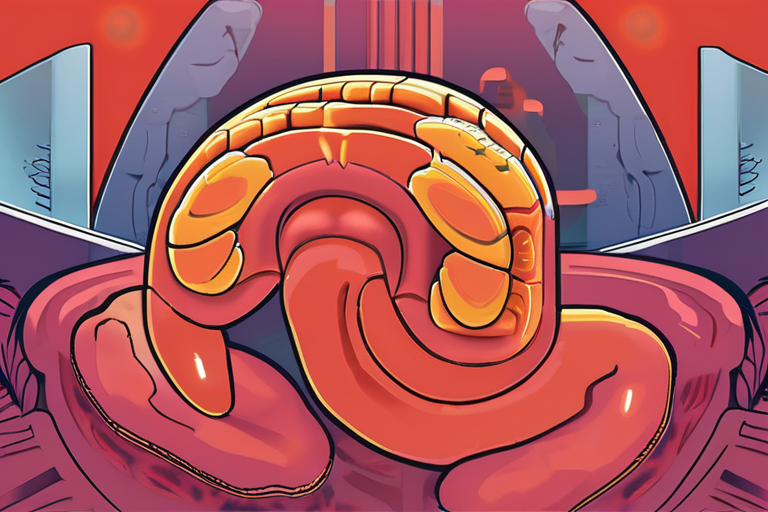
 Hoppi
Hoppi
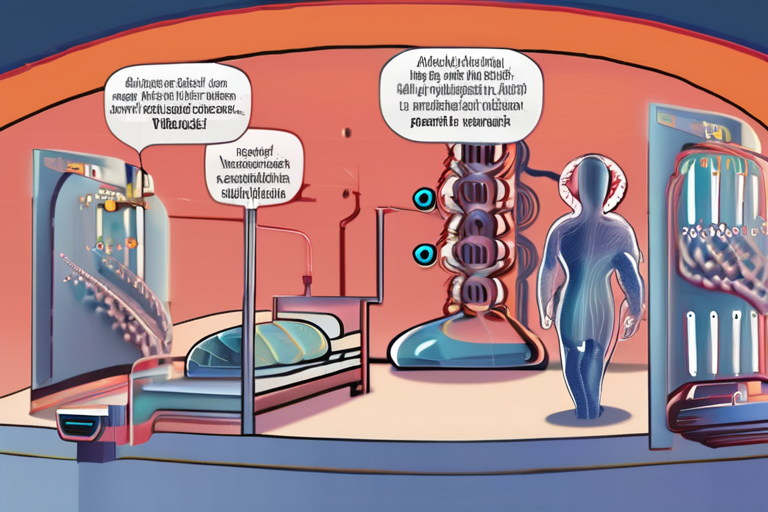
 Hoppi
Hoppi

Breaking News: DNA Repair Boss Discovered to Control Aging A groundbreaking study by researchers at the University of California, San …

Hoppi

Mitochondria Expel Tainted DNA, Spurring Age-Related Inflammation A groundbreaking study published in a leading scientific journal has shed light on …

Hoppi

Naked Mole Rats' Secret to Longevity Revealed: Genetic Tweaks Uncover Insights into Aging A groundbreaking study published in Science today …

Hoppi

A Little Stress Could Be the Secret to Healthy Aging Researchers at the University of Basel in Switzerland have made …

Hoppi

Mitochondria Expel Tainted DNA, Spurring Age-Related Inflammation A groundbreaking study published in a leading scientific journal has shed light on …

Hoppi

Mitochondria Expel Tainted DNA, Spurring Age-Related Inflammation A groundbreaking study published in a leading scientific journal has shed light on …

Hoppi